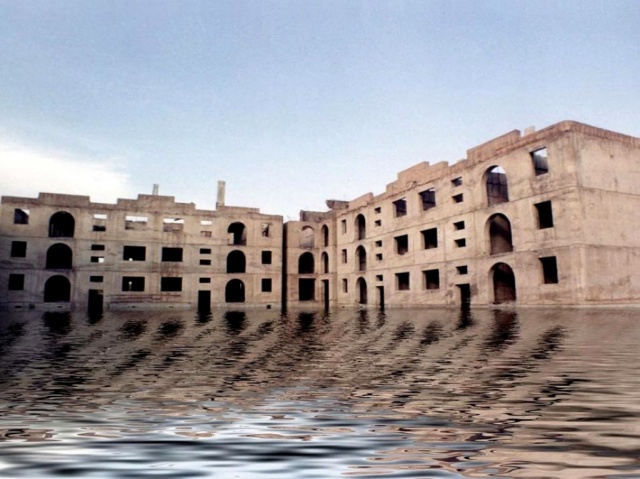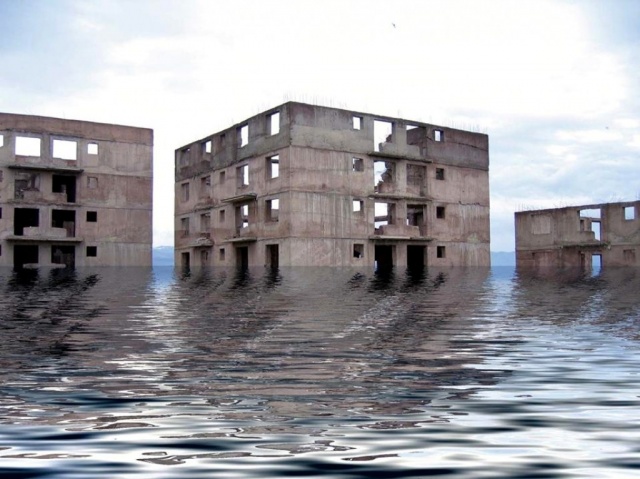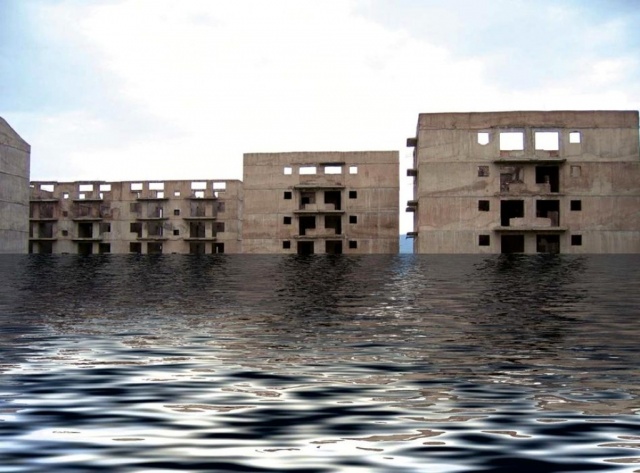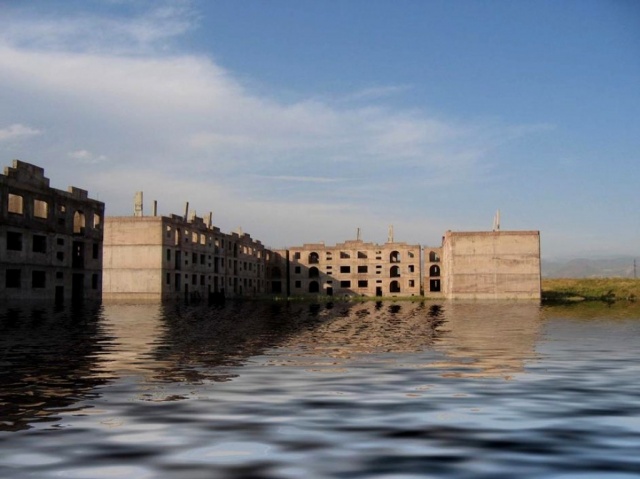Gyumri is the second largest city in Armenia with 149,000 inhabitants.
However, it gained fame due to the tragedy of the 1988 earthquake.
To help those who lost their homes, the Soviet government began building a new residential area called Mush, a vast area bordering the city.
Construction was not completed in 1989. Almost 20 years later, despite substantial investment, the residential area still remains abandoned and a haunting ghost town.
Traditionally, ghost towns are settlements that have been abandoned due to economic decline or natural or man-made disasters.
Many ghost towns have appeared in the countries of the former Soviet Union.
The city of Pripyat near the Chernobyl nuclear power plant is a vivid example of this.
After the collapse of the Soviet Union, the government had difficulty supporting small cities connected to strategic locations.
Isolated residents face serious challenges due to a lack of government support, with communication and funding to these locations cut off.
The area around Mush has similar characteristics to a ghost town, but is different from the more popular ghost towns that often host tours.
Unlike typical abandoned settlements, places like Mush were only partially built when the Soviet Union collapsed.
This situation is rare because people generally use these spaces as much as possible.
What's interesting about Mush is its proximity to the city center.
A 10-minute drive takes you to a strange expanse of unfinished architecture.
The remains of temporary shelters built after the earthquake are still housing some people.
Each ghost town has its own unique look, and Mush is haunted by the specter of modernism, an abandoned concept due to its unfinished architecture. Modernism never fully flourished in Armenia and remains an illusion thanks to the unfinished apartment blocks, office buildings and architectural structures scattered throughout the country.
Soviet-era Armenian architects and urban planners prioritized grand architectural expression over housing construction, glorifying the dominant ideology of the time.
After the collapse of the Soviet Union, Armenia witnessed a similar trend with new large-scale architectural works designed to commemorate the country's power. These structures, though imperfect, are used or built temporarily.
The house has been moved to the suburbs, received minimal attention and may never be completed. Exposed to the elements, they silently testify to a primal and palpable ambition for the utopian future they dream of.
Vahram Aghasyan
April 2007



